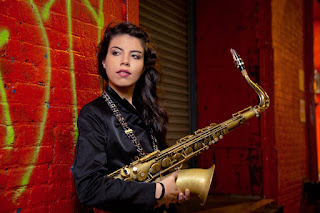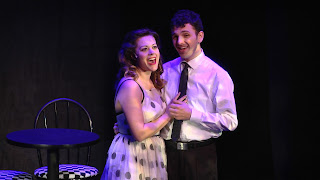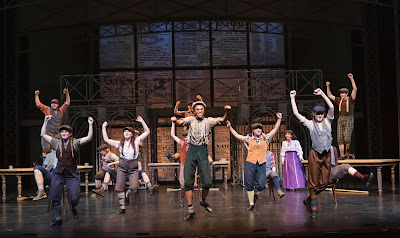A journey toward healing: 'Violet' is the 2019 Eclipse production

In its third year of production as an outgrowth of Summer Stock Stage, Eclipse has mounted the musical "Violet," running through June 15 at Phoenix Theatre. Violet (left front) and other travelers sing "On My Way" (with young Violet in background) This is a thoroughly professional-looking show to represent the organization's self-described "emerging artists program." Ten of this show's dozen actors are alumni of Summer Stock Stage, a program for high-school theater talent. As seen in preview Thursday night, "Violet" gave me some problems with its early imbalance of music and dialogue and with aspects of its story. But the production values seem to represent "Violet" well, and the team headed by producer-director Emily Ristine Holloway has provided a good showcase for the burgeoning professionals who perform with unrelenting gusto and verisimilitude. The creation of Jeanine Tesori (music) and Brian Crawley (lyrics and bo









